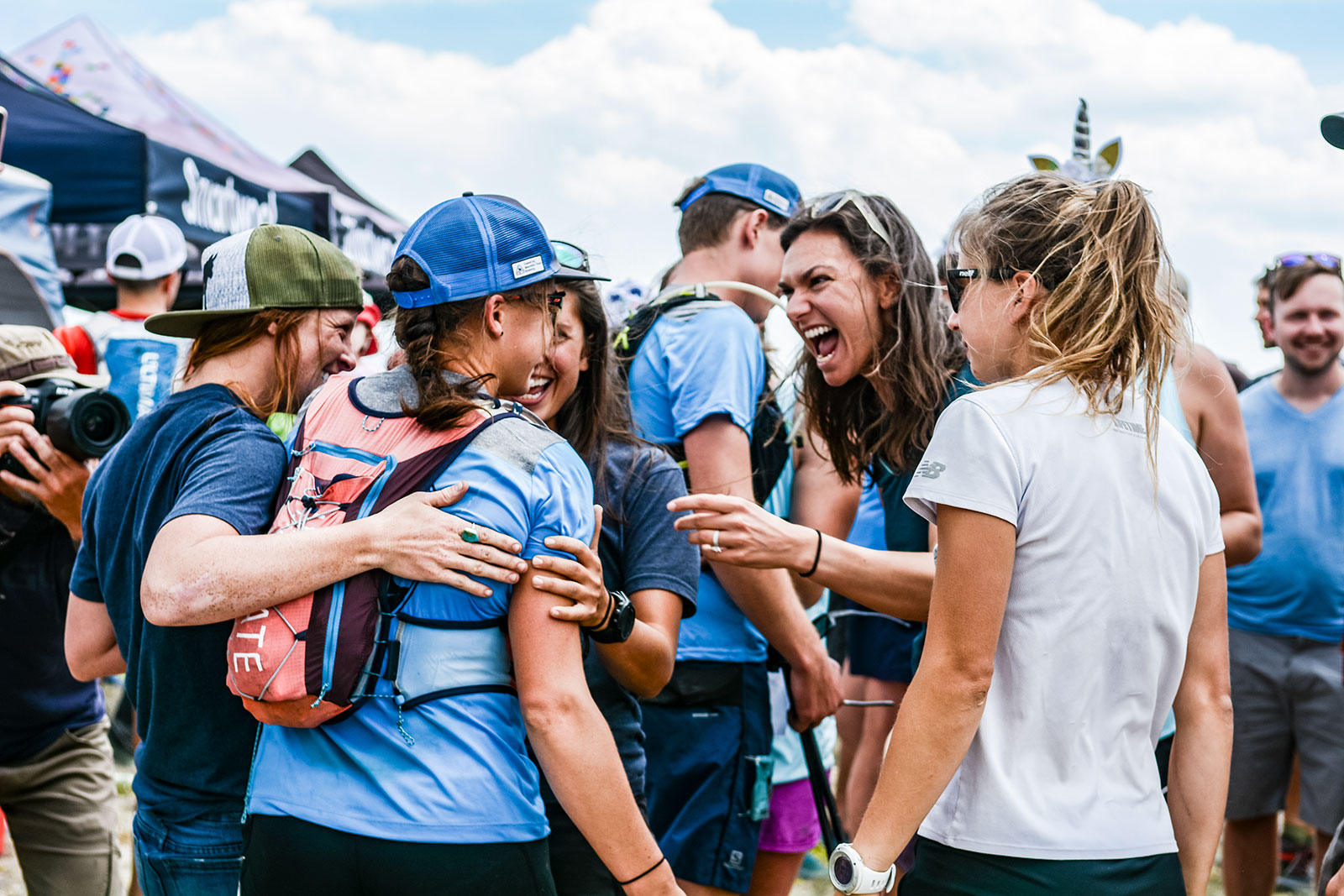The Local newsletter is your free, daily guide to life in Colorado. For locals, by locals.
The High Lonesome 100 (HL) is a 100-mile ultrarunning race held in Central Colorado’s Sawatch Range, about 129 miles southwest of Denver, each July. Albeit a tremendous challenge, the endurance event has only grown in popularity, year-over-year, since its debut in 2017. As such, race organizers recognized the need to add a lottery—a registration system in which applicants are equally weighted and selected versus the current first-come, first-served entry process.
Lottery structures and entry requirements vary by ultramarathon. For instance, some lotteries increase the odds of selection for entrants who have logged race volunteer hours or were previously denied a spot. But HL had another idea. On Tuesday, organizers announced that they would divide their lottery slots equally for men and women starting in 2020.

“As far as we know, we will be the first ultramarathon race to split the lottery 50/50,” says Caleb Efta, founder and co-race director of HL. “As a middle class, white male in the U.S., I’m one of the most privileged people on the globe. Equality and fairness are really important to me. We’re confident that if we didn’t do a gender split, we’d perpetuate a system that prevents women from participating at equal levels.”
A handful of the country’s oldest, world-renowned human-endurance events—such as the Hardrock Hundred Endurance Run in Silverton (which was canceled this year due to snow conditions), the Wasatch Front 100 Mile Endurance Run in East Mountain Wilderness Park, Utah, and Western States Endurance Run (WSER), which starts in Squaw Valley, California—have lottery setups that accumulatively increase a runner’s chance of entry each year. In short, if a lottery system is weighted in favor of former finishers and applicants, and as the sport is historically male dominated, the opportunity for females to enter is smaller, and thus, unequal.
“When the oldest 100-mile races in the U.S. were started, gender wasn’t even a factor,” says Efta. “As a result, many races have a big gender imbalance baked into lotteries that can’t easily be fixed.”
As a young, evolving race, HL has an opportunity to develop a fresh approach, which Efta hopes can help the ultrarunning community be more welcoming, inclusive, and representative of the nation’s diversity. Gender equality is just the start.
Additional updates to the HL’s 2020 race also include inclusive policies for transgender and non-binary runners, an update that was inspired by the WSER’s transgender entrant policy, which was recently instated. Moving forward, transgender males and females who are performing hormone therapy can register based on the medical benchmarks established by the World Anti-Doping Agency (WADA). Additionally, non-binary runners, who are asked to enroll with their birth sex, have an opportunity to note their preferred pronouns.
“Western States’ transgender policy was a lightbulb moment. It was simple. We want to support the diversity in our community, too,” says Kelsey Banaszynski, co-race director of HL and Efta’s fiancé. First, HL launched an informal advisory board with 15 members of the ultrarunning community to brainstorm ways that HL could make the sport more equitable. They then fine-tuned the race updates via expert counsel, which included assistance from the Athletes’ Coalition, a Boulder-based nonprofit that advices and advocates for under-served athletes.
“We [also] worked with the National Center for Transgender Equality, who reviewed our documents, educated us, and made sure our language is correct. They helped make building these policies easy,” says Banaszynski. HL also reached out to other organizations and races that have spearheaded transgender inclusion, like the International Olympic Committee, National Collegiate Athletic Association, and USA Track and Field (USATF).
HL will also debut an all-women aid station—at race-mile 83, also known as Blanks Cabin—in the hopes of making ultramarathons more approachable for new and novice runners. And, their pregnancy deferral program will be updated from being women-only to instead allowing anyone—regardless of gender—to defer their spot to next year if there’s an addition to the family.
“Whether runners bring new children into the world with their own bodies or adopt, or if their partner is pregnant, we want to make sure we’re supporting them through those life-changing events,” says Banaszynski, adding: “I really hope these changes bring awareness not only to other race policies, but to people in their everyday lives. Every positive step matters. As a collective group of people, we can pull together to make a change.”








